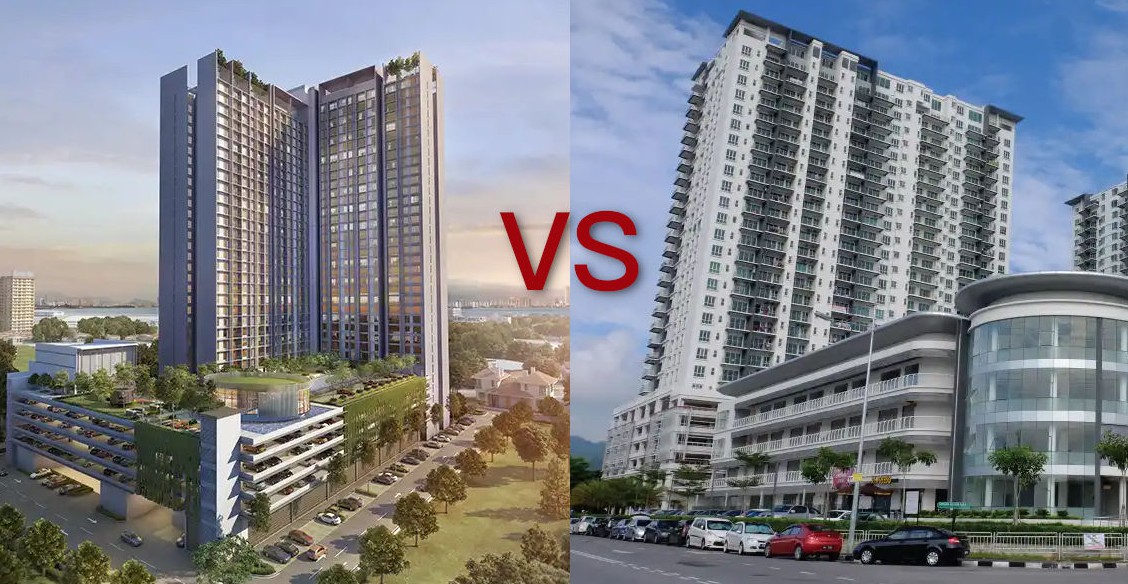Primary Market versus Secondary Market

by Anders Ong
There are two main market in properties transaction, which comprise of:-
- Primary Market – Direct purchase of a new property from developers. Examples are under construction properties or projects off the plan and unsold units from the developers.
- Secondary Market – Direct purchase of properties from primary buyers or buying it from the auction markets.
Differences between Primary & Secondary Market.
| Differences | Primary Market | Secondary Market |
| First Owner | Property Developer | House Purchaser/Owner |
| Booking of Property | Minimal (RM1K-10K) | 2%-3% Earnest Deposit |
| Down payment | Less than 10% as normally developer give rebates & discounts | Balance 10% to be paid and depends on negotiations |
| SPA Legal Fees | Most developers absorb the legal fees and stamp fees | Buyer have to pay the legal fees and stamp fees |
| Loan Legal Fees | Most developers absorb the legal fees and stamp fees | Buyer have to pay the legal fees and stamp fees |
| Memorandum of Transfer | Some developer absorb the legal fees and stamp fees | Buyer have to pay the legal fees and stamp fees |
| End Financier | Only panel bank can process the mortgage loan or after completion only every bank process the mortgage loan. | It is a completed project so all bank can process the mortgage loan. |
| Property Valuation | No valuation made and no valuation fees incurred. Property will be sold based on the price set by the developer initially unless it is almost completed. | Valuation fees to be paid by the buyer and a valuation report will be provided. Extra cash will be needed if the valuation is lower than the selling price. |
| Sales & Purchase Agreement | Following the Schedule H (Building or land intended for subdivision into parcels) for residential development. | Residential property not following the standard Schedule H. The agreement can be altered based on negotiations. |
| House Design | Latest Trend | Old Trend |
| Price Setting | Mostly pricier and fixed based on future value | Negotiable and based on current market value |
| Main Investment Segment | Capital appreciation | Cash flow |
| Completion | 2 – 4 years to get keys | 3 – 6 months to get keys |
| Furnishing and Renovation | Bare unit, partial furnish and fully furnish. The renovation is either fixed by the developer interior designer or we can choose our own preference. | Bare unit, partial furnish and fully furnish. The renovation is fixed by the previous owner design. |
| Rental income | Delayed until completion and some developers provide Guaranteed Rental Return once vacant possession. | Immediate can be rented out after keys collection and depends on market demand. |
| Maintenance and Repair | Minimal as the property is new and usually come with defect liability period by the developer. | It can be minimal to major as some property are well taken care of by previous owner and some are left without maintenance. |
| Defect Liability | 2 – 3 years | Nil |
| Selection Flexibility | Can choose units preferred such as preferred view and unit numbers | Depends on availability of seller units and not much choice in term of unit selection |
| Instalment To Bank | Progressive interest payable only during construction period. But can opt for full instalment from the bank | Direct full instalment payment to the bank |
| House Delivery | Some handover are delayed and compensated with liquidated ascertained damage (LAD) | After full payment of cash or full release by bank to the owner and settlement of the utilities bill incurred |
| Selling of Property | Cannot be sold during construction or it can be done with developer consent during construction which is usually rejected. | Cannot be sold during transaction period until full release of payment. |
Anders Ong – Young Property Investor, Writer and Enthusiast of Real Estate.


me think the biggest difference is immediate occupancy (almost) vs future occupancy..